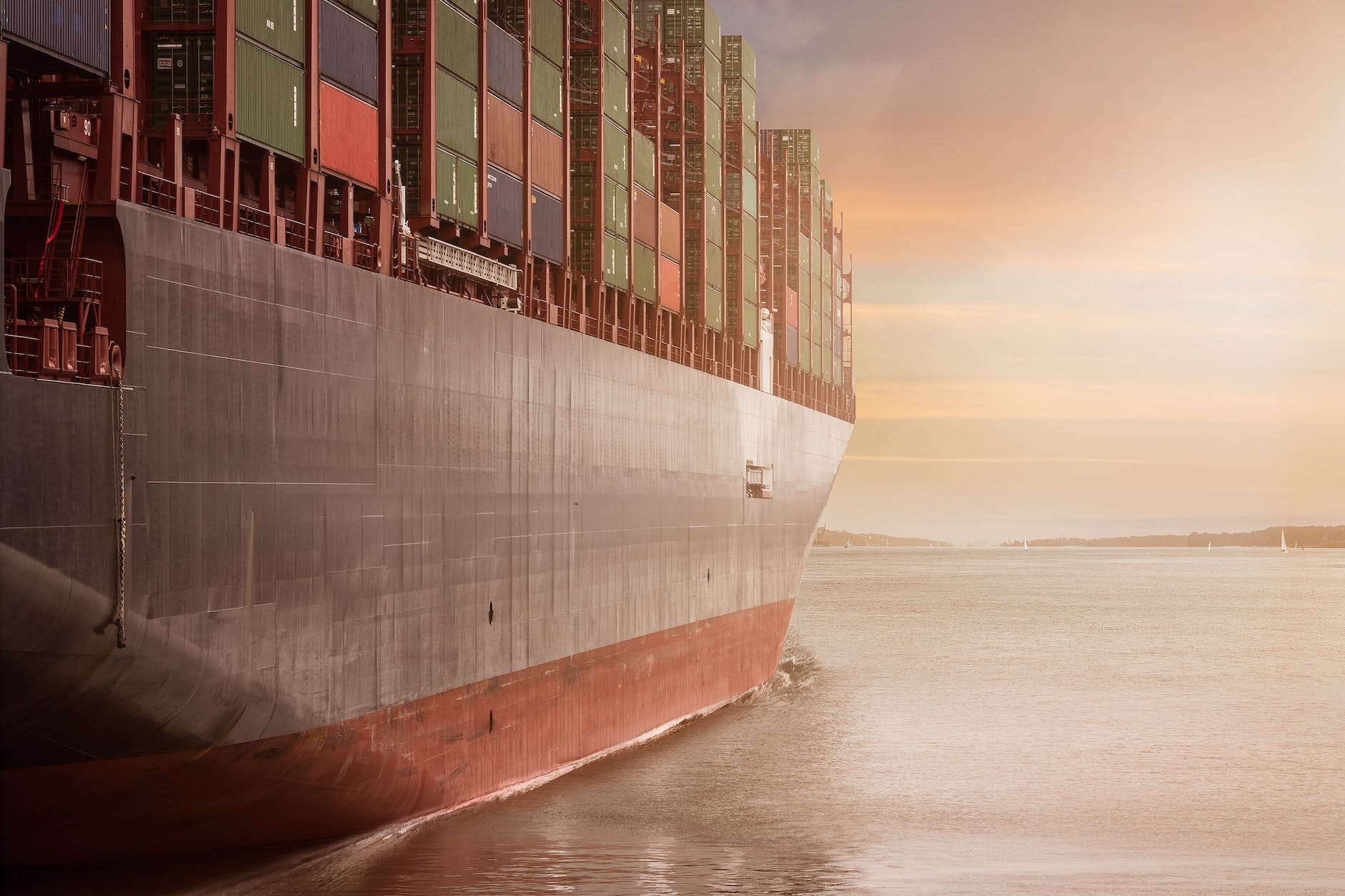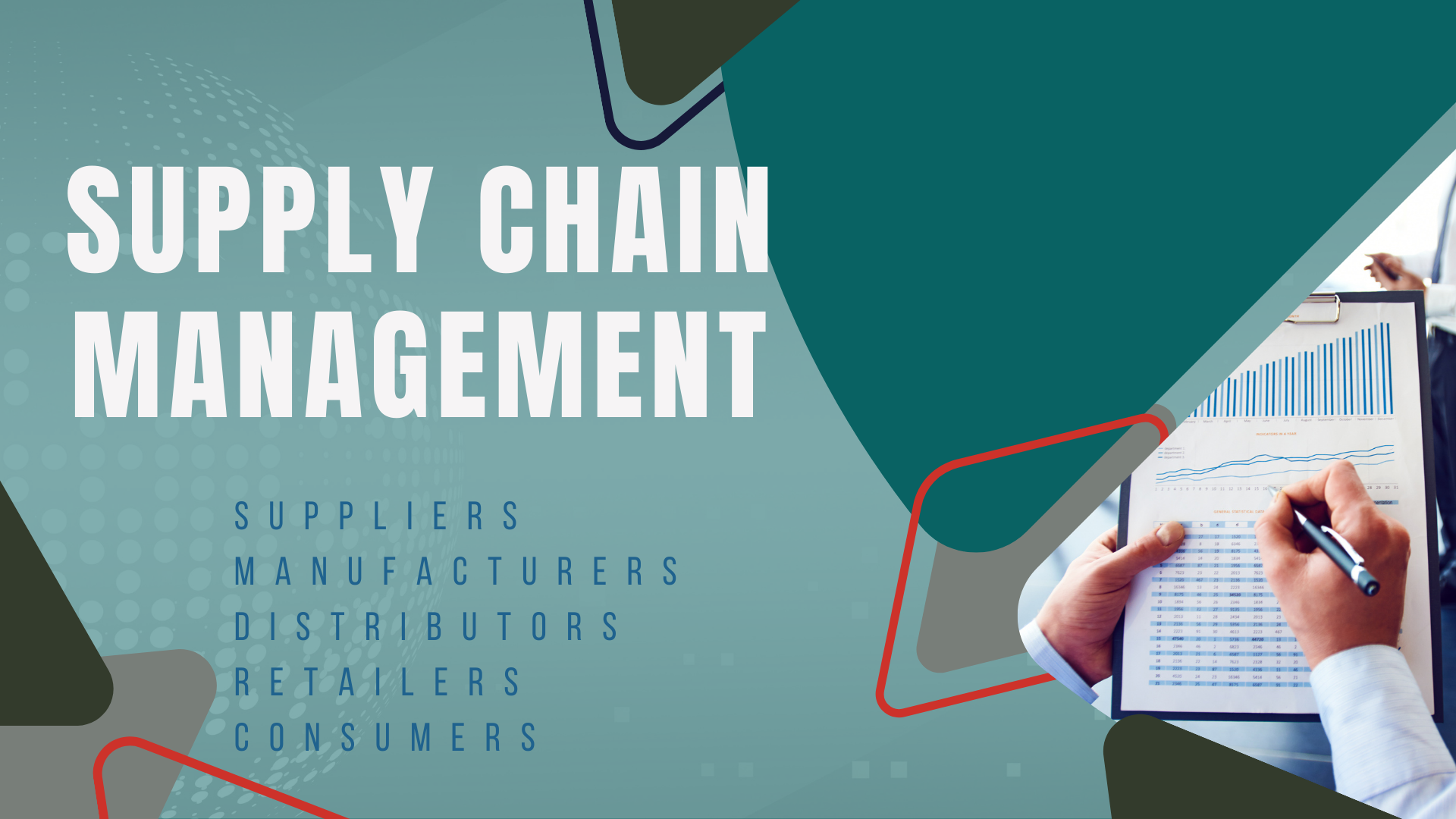What is a Supply Chain?
A supply chain is a system of producing and delivering goods and services worldwide. It involves making and moving products from one country to another. Different parts of the world are engaged in producing other products. For example, computers might be made in China, but the parts might come from worldwide. Once the product is made, it must be delivered to stores worldwide. This is done by shipping the product by road, air and sea routes.
As globalisation evolves, the global supply chain is becoming increasingly complex. With new opportunities and challenges emerging regularly, businesses have to adapt. The challenge for companies is to develop a supply chain that can manage the complexities of our ever-changing world.
Companies constantly seek ways to reduce costs and remain competitive in today’s global economy. They do this by developing a supply chain to manage our ever-changing world’s complexities. However, this can be challenging to do. There are many factors to consider, such as political instability, weather conditions, and labour costs. In addition, the landscape is constantly changing, so companies need to be able to adapt quickly. Therefore, companies need to be able to manage suppliers and manufacturers all over the world. They also need to adapt to changes in the marketplace soon.
Organisations in Supply Chain
The global supply chain is the intricate system of organisations and activities that produce and deliver goods and services worldwide. The components of a supply chain include suppliers, manufacturers, distributors, retailers, and consumers. These parts of a supply chain are essential to keep a business running smoothly.
The first part is the supplier, the company that provides the raw materials or components used in the production process. The second part is the manufacturer, which is the company that assembles the products. The third part is the distributor, the company that transports and delivers the products to retailers or other customers. The fourth and final part is the customer, the person or company who buys and uses the product.

Suppliers
Manufacturers
Distributors
Retailers
Consumers
Suppliers
In business, a supplier is a company that provides goods or services to manufacturers. Suppliers can be divided into original equipment manufacturers (OEMs) and contract manufacturers. OEMs make the components or products sold to the end-user, while contract manufacturers assemble products for other companies.
Many large companies have in-house suppliers, but many smaller businesses rely on third-party suppliers. Sometimes, a company will outsource part of its production process to a contract manufacturer. This can save money and allow the company to focus on its core business.
When choosing a supplier, several factors to consider, including quality, price, delivery time, and customer service. Finding a supplier that can meet your needs and provide you with the best value for your money is essential.
Manufacturers
Manufacturing is a process of production that creates products from raw materials. Manufacturers are companies that produce these products using various methods. The manufacturing process begins with the product’s design, which engineers create. Once the design is complete, the manufacturer will develop a product prototype to test its feasibility. If the product passes testing, the manufacturer will begin production by ordering the necessary materials and hiring workers to assemble the product. Depending on the complexity of the product, the manufacturer may create multiple versions to test and complete. The manufacturing process is often lengthy, requiring many workers and materials to produce the final products.
Distributors
Distributors are companies that distribute products to retailers. They work with manufacturers to get their products to stores, which allows the manufacturer to focus on making the product while the distributor worries about getting it to stores. There are different distributors, including wholesalers, jobbers, and brokers.
Distributors are an essential part of the supply chain, and there are different types, including wholesalers, jobbers, and brokers.
Wholesalers
Wholesalers are an essential part of the supply chain. They buy goods in large quantities from manufacturers or other wholesalers and then sell them to retailers or other consumers. This allows retailers to get the products they need at a lower cost and helps keep prices down for consumers. Wholesalers also play an essential role in bringing new products to market. Working with manufacturers can help introduce new products and get them into stores faster than if the manufacturer tried to sell them directly to consumers.
Jobbers
Jobbers are a type of wholesale distributor that buy goods from manufacturers or other jobbers and typically sell them to retailers. Jobbers often carry various products to meet their customers’ needs, including mom-and-pop stores, convenience stores, and larger retailers. Because jobbers typically have lower overhead costs than manufacturers or retailers, they can often offer their customers lower prices and better terms.
Brokers
Brokers are middlemen who match buyers and sellers of products and services. They typically work for a commission, a percentage of the sale price. Brokers are used in various industries, including real estate, insurance, and stock trading. They can help find the best deal for a product or service. However, some people believe that brokers add unnecessary costs to the process. They do not usually own any inventory but may have a list of products or services they can provide.
Retailers
Retailers are companies that sell products to consumers. They may be brick-and-mortar stores, or they may be online stores. Retailers typically have a wide selection of products to choose from, and they offer reasonable prices on those products. They also provide customer service so consumers can get the help they need when purchasing.
Consumers
Consumers are people who buy products. They can be broken into different categories: impulse buyers, planned buyers, and last-minute buyers. Impulse buyers buy something without thinking about it, prepared buyers have a specific product in mind that they’re going to buy, and last-minute buyers are people who wait until the last minute to buy something.
Most consumers fall into all three categories: impulse buying for things they want but don’t need, planned buying for things they need, and last-minute buying for things they want but don’t need.
Some consumers impulse buy, some only plan to buy, and some only last minute. But most people do all three. The main reason is that people like to have choices and options for what they’re buying.




